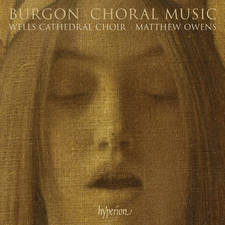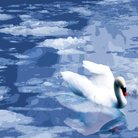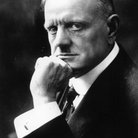Sibelius - The Swan of Tuonela
This tone poem by Sibelius from 1895, tells the tale of a mystical swan, running around the island of the dead.
Saint-Saëns famously sets The Swan, from his Carnival of the Animals, as a solo cello, and ravishingly beautiful it is too. When Sibelius was two-thirds of the way through his musical version of the Finnish tale of Lemminkäinen, he was presented with the opportunity to recast the swan as an equally beautiful cor anglais (an instrument similar to the oboe). The difference might be down to the environment: Saint-Saëns’s cygnine creation, we would imagine, is very much alive. The Sibelius swan is guarding Tuonela, more or less the Finnish version of Hades, which is surrounded by a dark, wide river. Listen out for the cor anglais representing the swan's elegant voice.
When it came to composing this piece, the ever diligent Sibelius entered new realms of self-revision, preferring, once he had finished writing the work, not to publish it but to leave it to one side. he then revised it before allowing audiences to hear it. Perhaps this was a self-defence mechanism to save him from public pain? With Sibelius’s opulent string writing – there are up to seventeen separate string parts – it has been described as 'Swan Lake meets Parsifal'. It very nearly inspired Walt Disney, too: he produced storyboards for the piece for the original Fantasia animated film but the idea never came to fruition.









